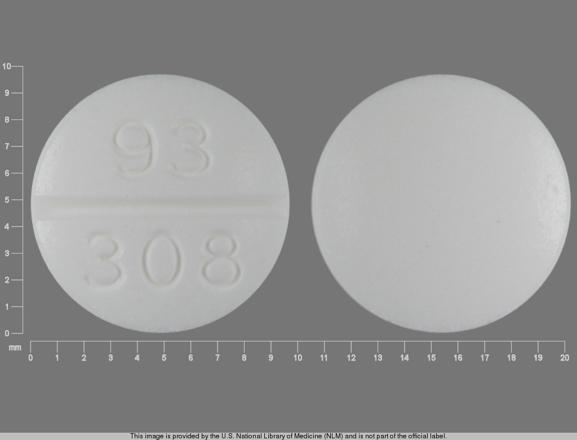Clemastine Dosage
Medically reviewed by Drugs.com. Last updated on Jul 24, 2025.
Applies to the following strengths: 1.34 mg; 2.68 mg; 0.67 mg/5 mL
Usual Adult Dose for:
Usual Pediatric Dose for:
Additional dosage information:
Usual Adult Dose for Allergic Rhinitis
Initial dose: 1.34 mg orally twice a day. Dosage may be increased as required, but not to exceed 2.68 mg orally 3 times a day.
Usual Adult Dose for Urticaria
Initial dose: 1.34 mg orally twice a day. Dosage may be increased as required, but not to exceed 2.68 mg orally 3 times a day.
Usual Adult Dose for Allergic Reaction
Initial dose: 1.34 mg orally twice a day. Dosage may be increased as required, but not to exceed 2.68 mg orally 3 times a day
Usual Pediatric Dose for Allergic Reaction
< 6 years:
0.335 to 0.67 mg/day orally divided into 2 or 3 doses. Maximum daily dose is 1.34 mg.
6 to 12 years:
0.67 to 1.34 mg orally twice a day. Maximum daily dose is 4.02 mg.
> 12 years:
Initial dose: 1.34 mg orally twice a day. Dosage may be increased as required, but not to exceed 2.68 mg orally 3 times a day.
Usual Pediatric Dose for Allergic Rhinitis
< 6 years:
0.335 to 0.67 mg/day orally divided into 2 or 3 doses. Maximum daily dose is 1.34 mg.
6 to 12 years:
0.67 to 1.34 mg orally twice a day. Maximum daily dose is 4.02 mg.
> 12 years:
Initial dose: 1.34 mg orally twice a day. Dosage may be increased as required, but not to exceed 2.68 mg orally 3 times a day.
Usual Pediatric Dose for Urticaria
< 6 years:
0.335 to 0.67 mg/day orally divided into 2 or 3 doses. Maximum daily dose is 1.34 mg.
6 to 12 years:
0.67 to 1.34 mg orally twice a day. Maximum daily dose is 4.02 mg.
> 12 years:
Initial dose: 1.34 mg orally twice a day. Dosage may be increased as required, but not to exceed 2.68 mg orally 3 times a day.
Dose Adjustments
Many patients respond favorably to a single dose (clemastine 2.68 mg) which may be repeated as required, but not to exceed 3 tablets a day.
More about clemastine
- Check interactions
- Compare alternatives
- Pricing & coupons
- Reviews (5)
- Drug images
- Side effects
- During pregnancy
- Drug class: antihistamines
- Breastfeeding
- En español
Patient resources
Other brands
Professional resources
Other brands
Related treatment guides
See also:
Further information
Always consult your healthcare provider to ensure the information displayed on this page applies to your personal circumstances.


